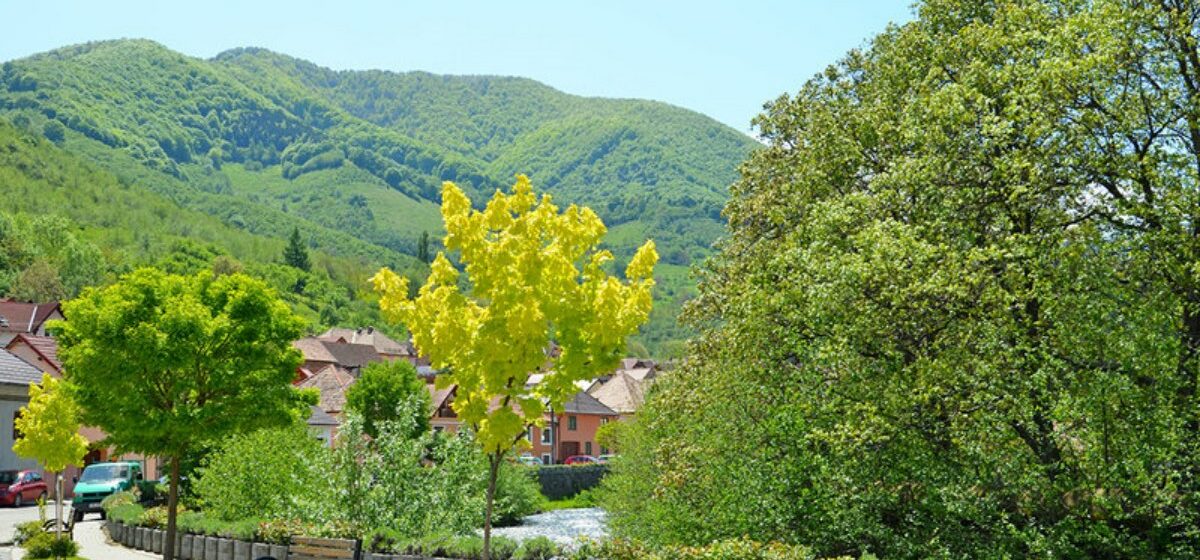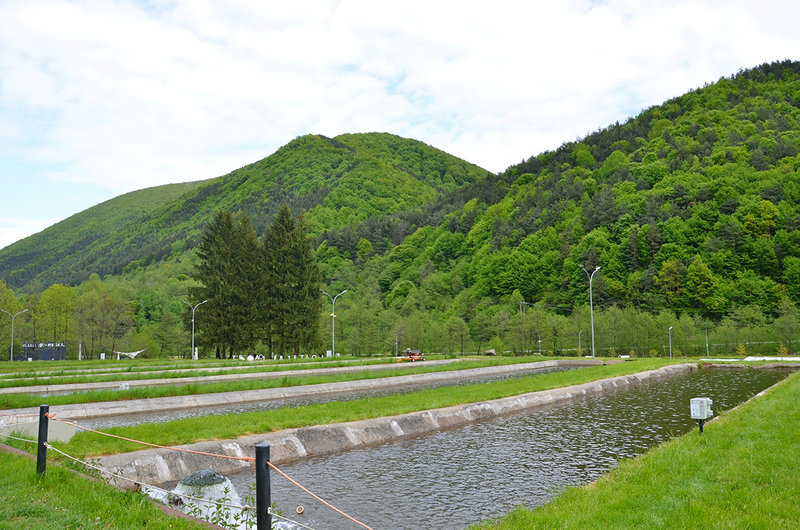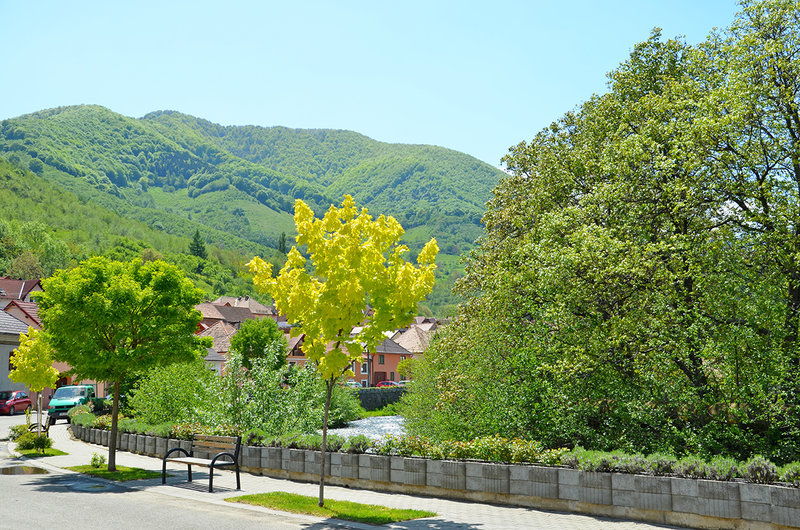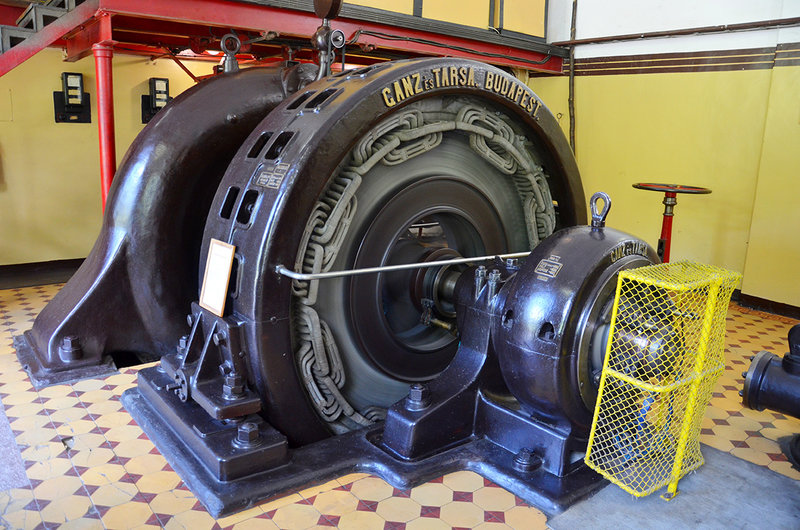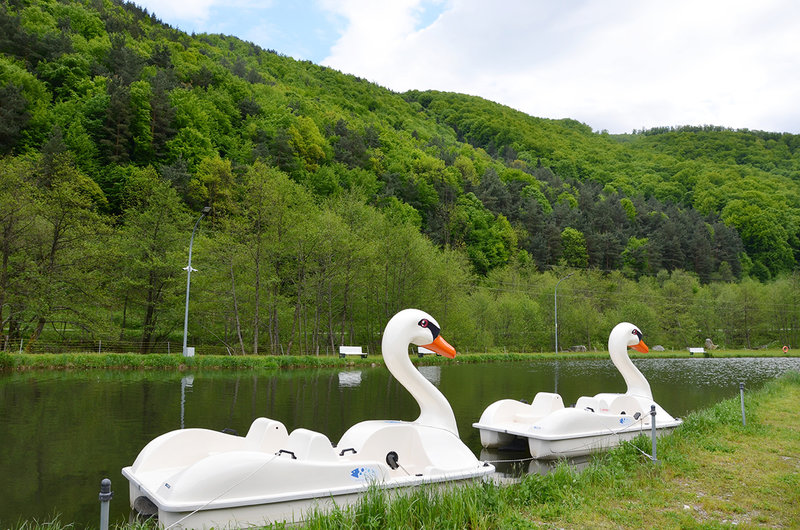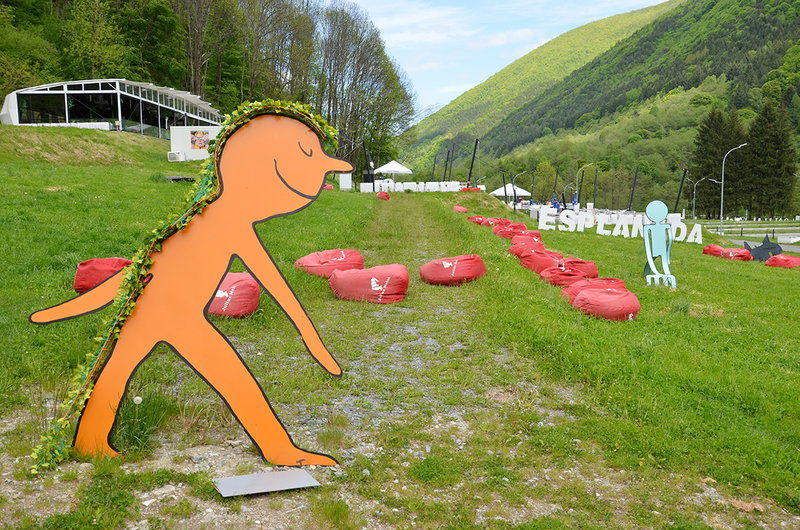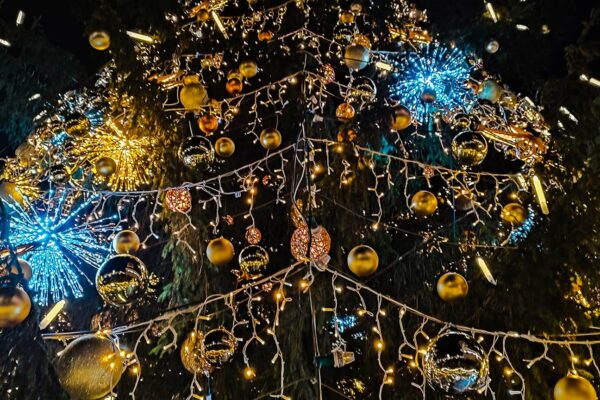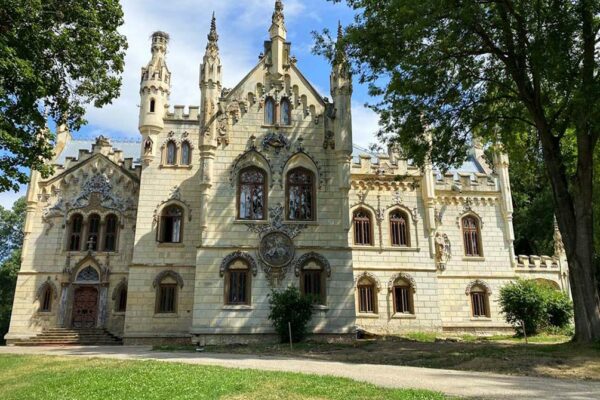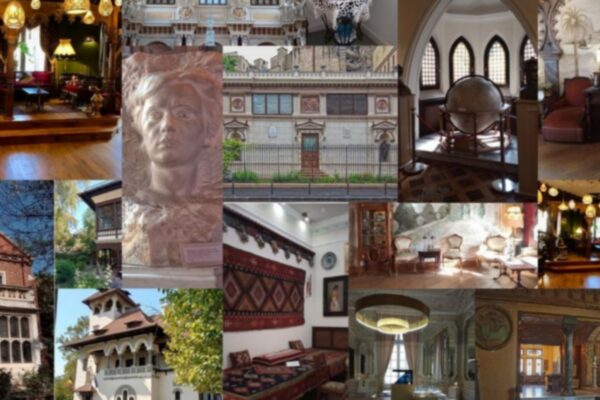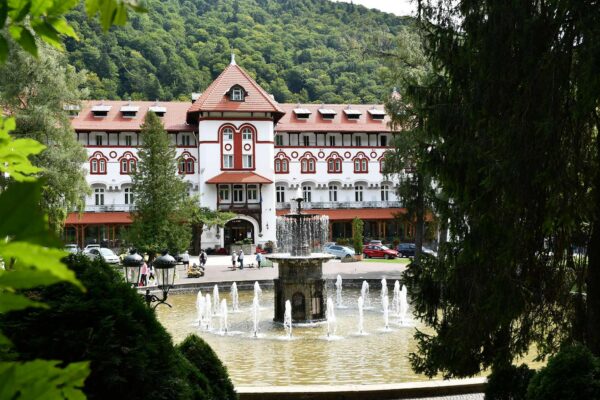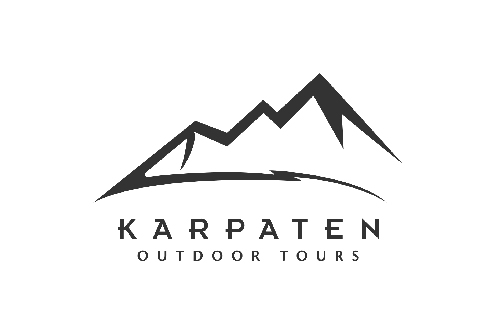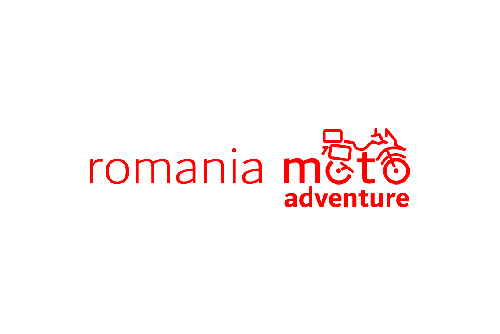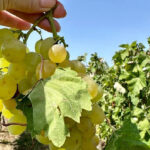
Last weekend we visited three wineries in Drăgășani!
8 November 2023
A unique nature and kayaking experience in Romania | Danube Delta
11 November 2023Once in Zoodt and back again | A diverse excursion destination in the Mărginime
How can beer, electricity, cultural history and trout be brought together? A day trip from Sibiu dares to attempt an unusual fusion: the route leads along the Heltauerstraße/Calea Cisnădiei via the village of Heltau/Cisnădie with its fortified church visible from afar to the village of Zoodt/Sadu. Along the way is the “Tocile” vacation home settlement, which was built in 1989 after the fall of communism in Romania, and the new Sadu brewery, where the production of the traditional beer “Bere Sadu” has been resumed in recent years. Romania’s first museum in an electricity plant and a trout farm can also be discovered along the way.
First stop: Zoodt between the Zibins and Lauterbach Mountains. The village to the south of Sibiu appears small and inconspicuous. It is picturesquely situated on the river of the same name in the “Mărginime”, a “peripheral area” of Sibiu, where sheep farming, crafts and trade have always flourished due to its location. At first glance, there is little to remind us of the history of the famous personalities who were born here.
But we don’t know any of this when we stand in front of the gate with the number 199 on July 12 full of anticipation – actually just an excursion on vacation, but because we had been told and told off, with camera and reporting equipment. The gate creaks open. Not a soul to be seen, just flower-lined paths and wooden steps climbing up gentle hills. Ornate buildings in wood and Transylvanian blue nestle on a slope dotted with rose bushes. At the top of a rustic staircase is a glazed barn that elicits a spontaneous “Wow!”. What world have we landed in here? – And at the end of the world.
Cradle of Romanian cultural history
On a walk through the village, signs and plaques point out the village’s famous sons: The bishop of the Greek Catholic Church, Ioan Inocențiu Micu-Klein, opposed the serfdom of Romanian peasants throughout his life and fought for social and political equality for Romanians in Transylvania. For this reason, he eventually fell out of favor with Maria Theresa and was banished from Transylvania. His nephew Samuil Micu-Klein was one of the representatives of the “Transylvanian School”/”Școala Ardeleană”: the Romanian cultural movement of the second half of the 18th century arose from the Greek Catholic Church united with Rome. The “school” stood for Enlightenment ideas and fought for the rights of Transylvanian Romanians. Its members were the first to describe the proximity of the Romanian language to Latin. The first grammar of Romanian also goes back to Samuil Micu-Klein. The group established a direct link between the Romanians’ ancestry and the Romans, thus laying the foundations for a Romanian national identity. The ophthalmologist Ioan Piuariu Molnar was also born in Zoodt and belongs to the context of the Transylvanian School.
The journey continues. Along the way, in the Zoodt Valley, there is also the traditional climb up the Prejba mountain. The guesthouse “Zum Grünen Tisch”/”Pensiunea Masa Verde” is still a good place to spend the night. Hikes into the Lauterbach Mountains can be undertaken from here.
Tradition of the region: “Bere Sadu”
The ruins of the old Sadu brewery can still be found in Zoodt today. A Transylvanian Saxon founded the factory at the beginning of the 20th century. The beer was produced until the year 2000, after which production was discontinued.
In 2019, a small entrepreneur from Sibiu resumed production. He founded a small beer manufactory, which has had a light and a dark beer in its range ever since. Water from the region is used to produce the beer – the bottles come from the Mallersdorf monastery brewery in Bavaria and are reused as environmentally friendly deposit bottles.
Just like a hundred years ago – the Electricity Museum
Next stop: the “Sigmund Dachler”/”Muzeul Energetic Sadu I” museum. On the initiative of the economist, bank director and publicist Dr. Carl Wolff, plans to generate electricity were drawn up in 1895. The plant was realized by the Munich engineer Oskar von Miller. It is named after the first manager of Romania’s first hydroelectric power plant, the construction of which began in 1895. Zoodt I, the first power plant, went into operation just one year later and supplied Zoodt, Heltau and Sibiu with electricity. The commissioning of the plant in 1904/05 made it possible to realize another of Carl Wolff’s projects: The first electric streetcar ran in Sibiu.
At first glance, the museum’s façade with its old warning signs does not look inviting: If you want to visit it, you have to call the phone number listed on the museum’s website. The doors open immediately and a free guided tour of the premises is included. Admission is free.
In the machine room on the first floor are the historic generators, dating back to 1901 and modernized to three-phase current in 1925/26, which are still in operation today and help supply the power grid. Huge tools, which are still used to maintain the old machines, hang in the imposing hall.
On the second floor, where the employees of Zoodt I used to work and sleep, you can learn all about the history of the power plant up to the time of the Second World War. The structure of the operating processes, the organization of its employees in the interwar period and the creation of the Sadu V hydroelectric power plant are also documented. Using instruments, machines and documents, you can immerse yourself in the various applications of electricity from the end of the 19th to the middle of the 20th century.
Fresh mountain air in the green valley
Third stop: The main road leads along the Zoodt River to the Tatu Sadu trout farm. It opened its doors in 2020. Located right next to the Lauterbach Mountains/Munții Lotrului in Plaiu Valley/Valea Plaiului and equipped with a large car park, the place offers the ideal opportunity for lunch in a relaxed atmosphere. The multi-levelled terrace built into the hillside, the so-called “esplanade”, is covered with awnings. It offers guests a spacious outdoor area. Designed on three levels, different dishes can be ordered from seven “food stations” on each of the terrace levels: On the lowest level there are coffee specialities, lemonades and desserts, in the middle the meat dishes, pizza and burgers – a pizza with trout and a fish burger are also on the menu. The top level is reserved for the coveted fish dishes. You can only pay by card. You can watch the food being prepared on the various levels of the terrace. An indoor area with an elaborately designed bar also invites you to linger. The terrace overlooks the fish farm pools and the Lauterbach Mountains – the Prejba can also be seen from here.
The spacious grounds are not only home to a fish restaurant, but also a range of other activities: you can fish for yourself in an artificial pool and go pedal boating in another mini-lake. There is also a large playground for children with a maze and pirate ship as well as various sports and play equipment spread across the site. Various types of trout, sturgeon and carp are bred in eleven pools. In the high season, tastings of “Bere Sadu” beer and concerts are organised at weekends. The variety of activities on offer at the leisure centre makes it a perfect weekend destination for families with children in summer.
ADZ | Allgemeine Deutsche Zeitung für Rumänien
Text & pictures: Aurelia Brecht

